 Leaf Bug (Phyllium giganteum)
(PSG-72) Leaf Bug (Phyllium giganteum)
(PSG-72)
This is a very interesting specie. When they hatch,
nymphs are very wide! They are the largest specie
of Phyllium. Their eggs incubate for 5.5 month.
P. giganteum nymphs take 4.5- 5 month to mature.
Nymphs must be given Oak for a better survival rate.
Nymphs must not be offered new Bramble leafs,
the ones that are still with "hairs".
The new leafs contain some kind of chemical that
will kill a nymph but is harmless to L3 nymph and
up.
Females: are brown or green and can get
up to 5 inches (12 7/10cm) long and 3 inches (7
6/10cm) wide.
Males: are very rarely found in nature,
and all captive cultures breed via parthenogenesis.
Diet: Bramble, Oak, Eucalyptus, Raspberry, Rose, Red/ Yellow Salmon
Berry.
 
Ova.
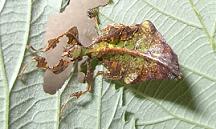
L1 Nymph.
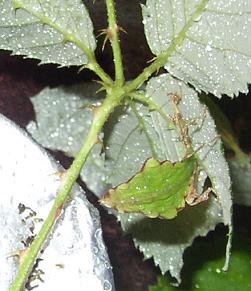 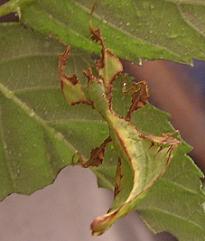
L2 P. giganteum.
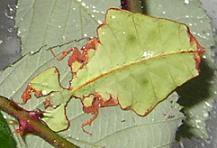 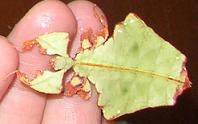
L3 nymph.
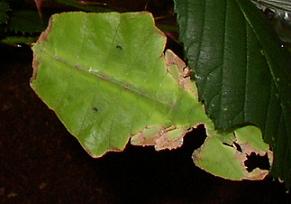 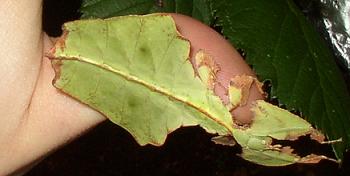
L4 nymph.
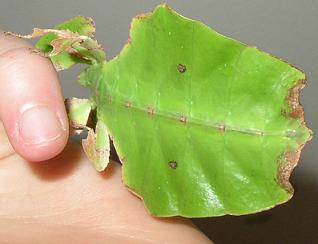 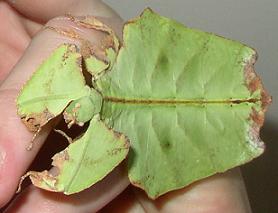
L5 subadult.
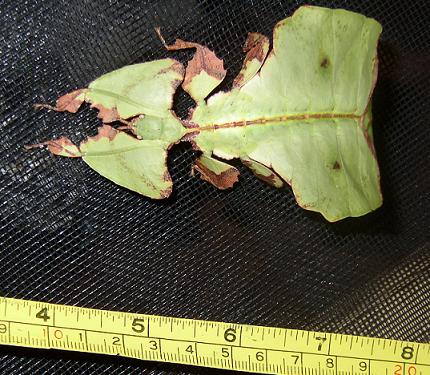
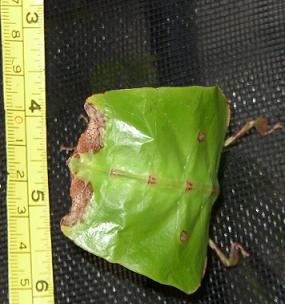
L6 subadult.
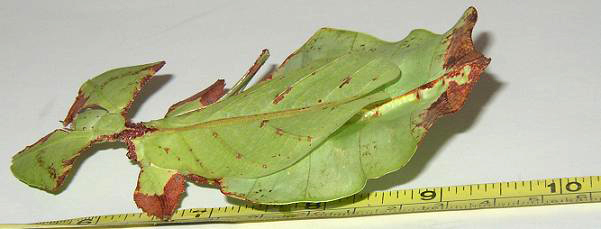
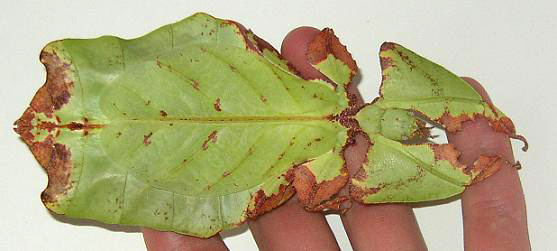
Adult female. |